August 20-26, 2023
Clearing and Change

After weeks of choking wildfire smoke, the sky finally cleared this week, revealing that summer is slowly turning into autumn.
Week in Review
I think everyone spent most of the past couple weeks staying inside to avoid the smoke, but in the meantime the seasons continued transitioning from summer into autumn.
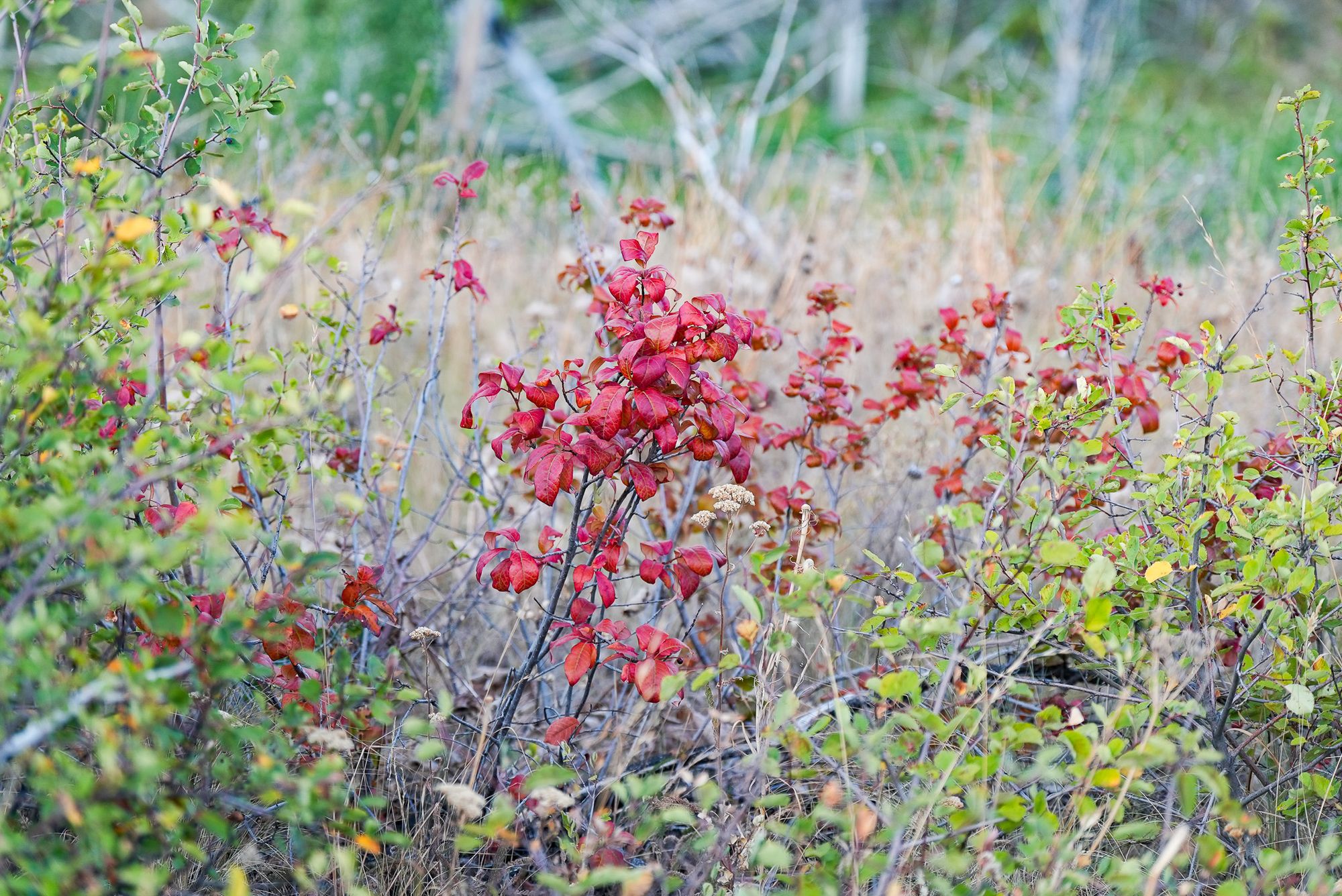
After smoke cleared late in the day on the 22nd, the morning of the 23rd was the first moment all summer that was downright chilly and smelled like autumn. There were even reports of snow dusting some of the higher peaks and it was 30 degrees on top of Goat Peak that morning.
Early in the week I spotted a group of migrating warblers, including a yellow warbler, and on the 25th the first group of migrating ducks arrived on Twin Lakes. This flock included 40 northern shovelers and three American wigeons—and you could tell they were new arrivals because they were super skittish, taking off and landing over and over again, even as the local mallards and coots calmly paddled around.
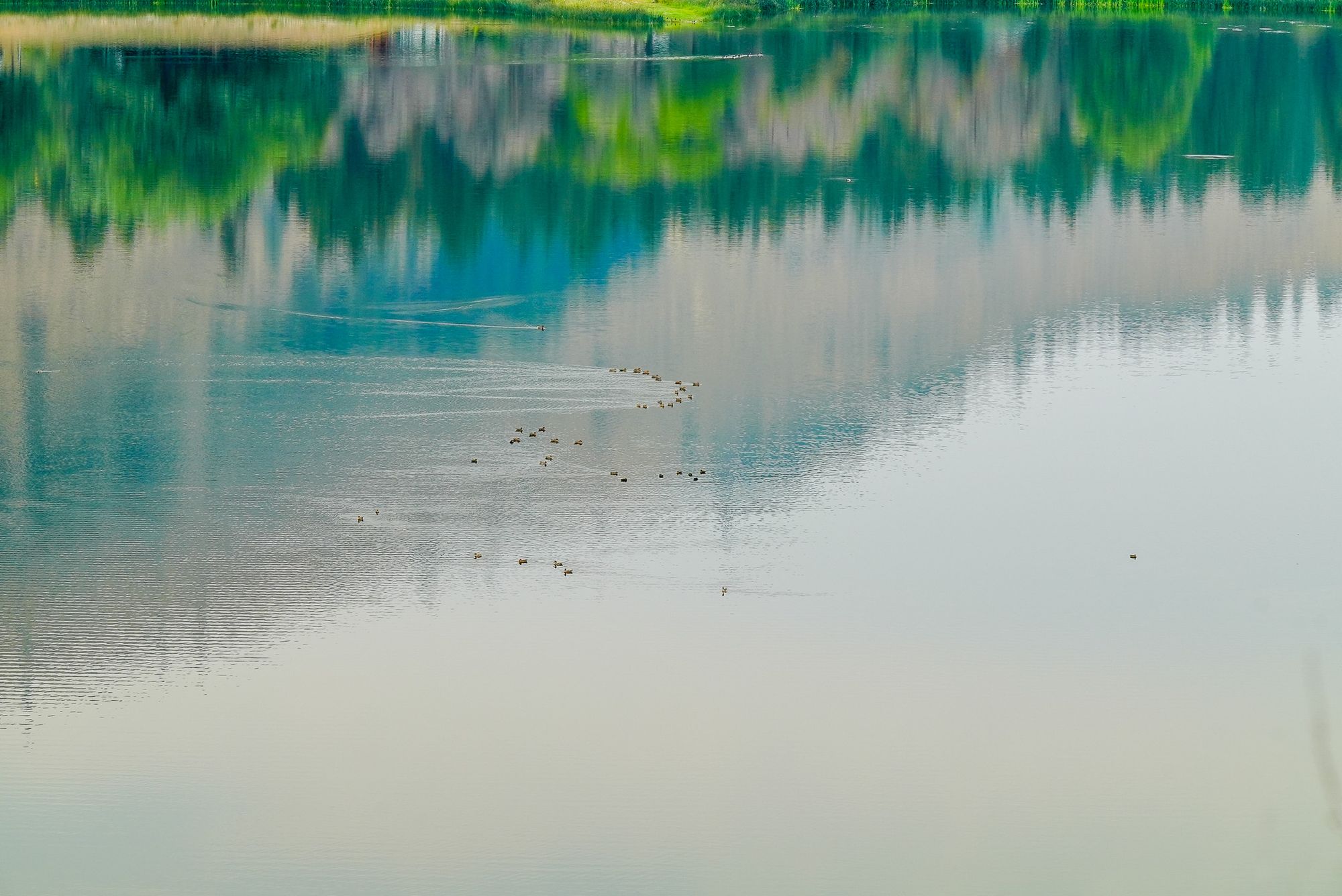
Another typical sign of the seasons is the apparent appearance of black widow spiders. They've been around all summer, and you've probably noticed them earlier, but towards the end of summer the big black females reach their peak size so they're much easier to see. Sadly, too many people feel that the only good spider is a dead spider when in fact they're an extremely important part of our local ecology.
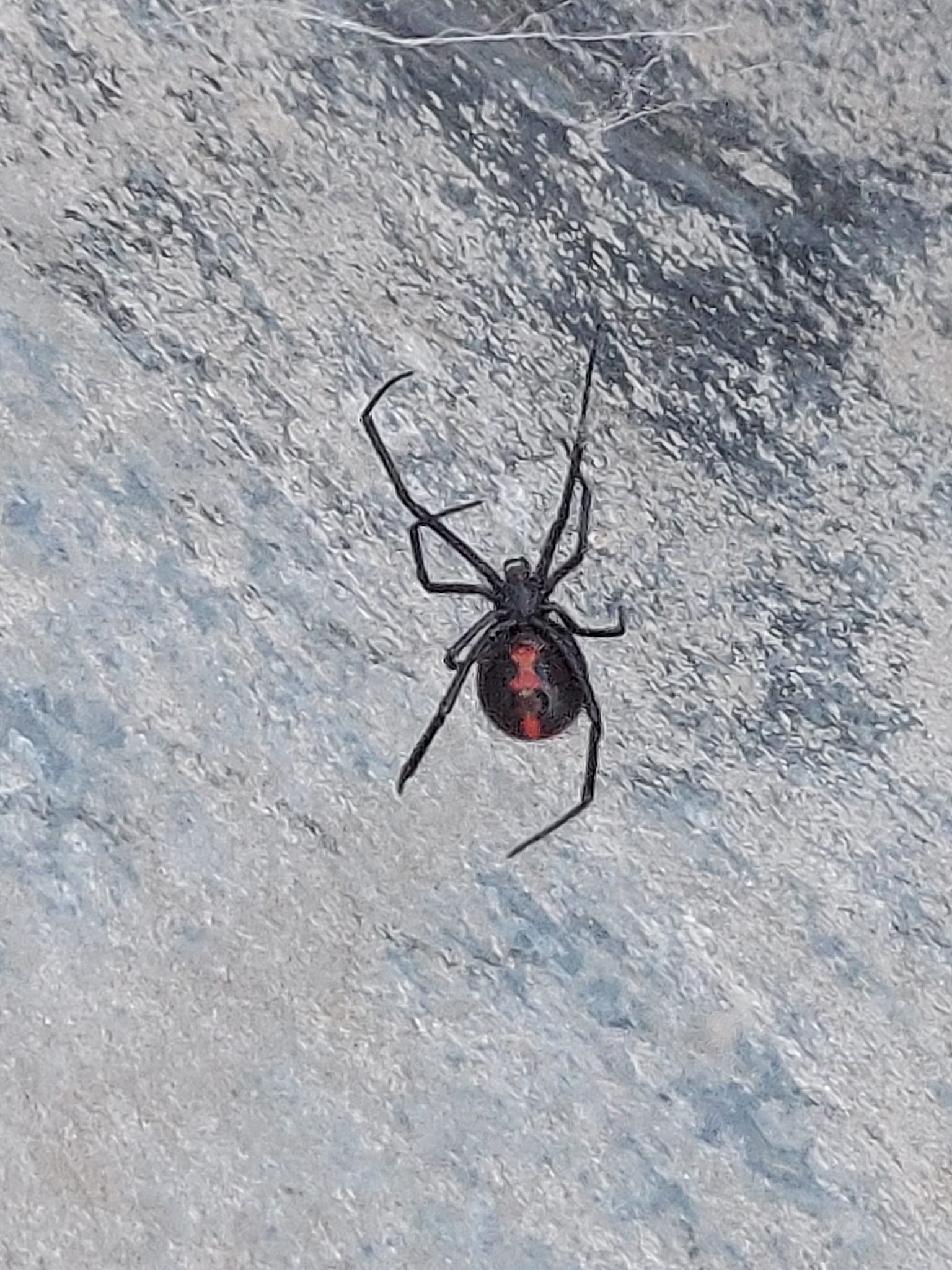
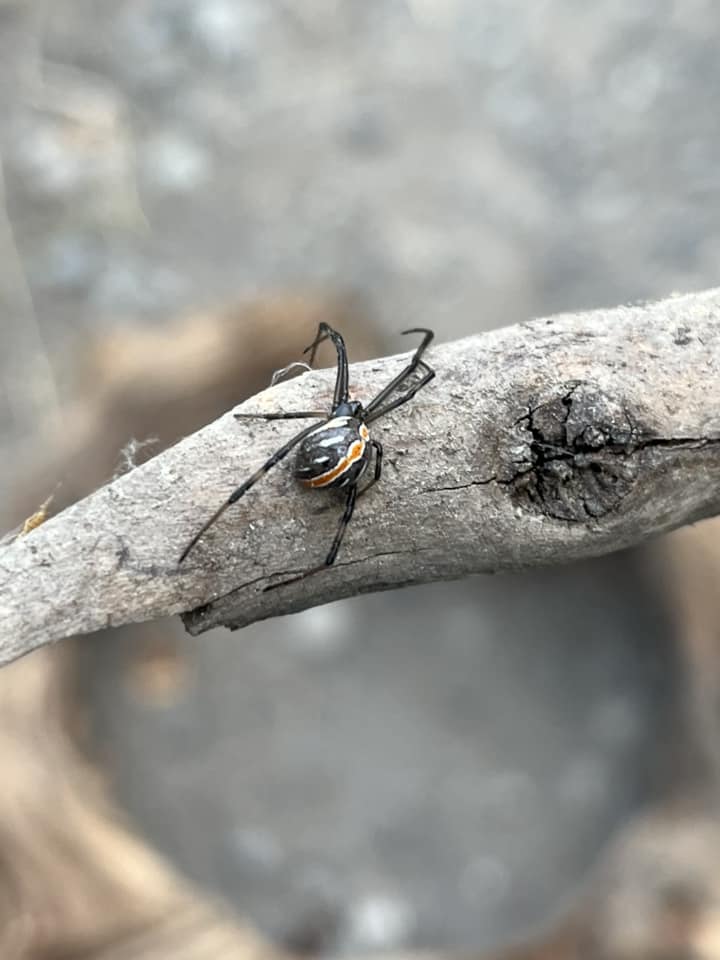
Female black widow (photo by Lorah Super) with a much smaller male on right (photo by Amy Brennan)
Maybe because so many of us are getting outside again, there was an uptick of interesting observations posted on the Methow Nature Notes Facebook group this week.
For example, I loved seeing the photographs of a bushy-tailed woodrat nibbling on fireweed stalks. These photos help explain some of the cut stems I've seen in other places, so this is a fantastic observation, especially because bushy-tailed woodrats are one of my favorite animals.
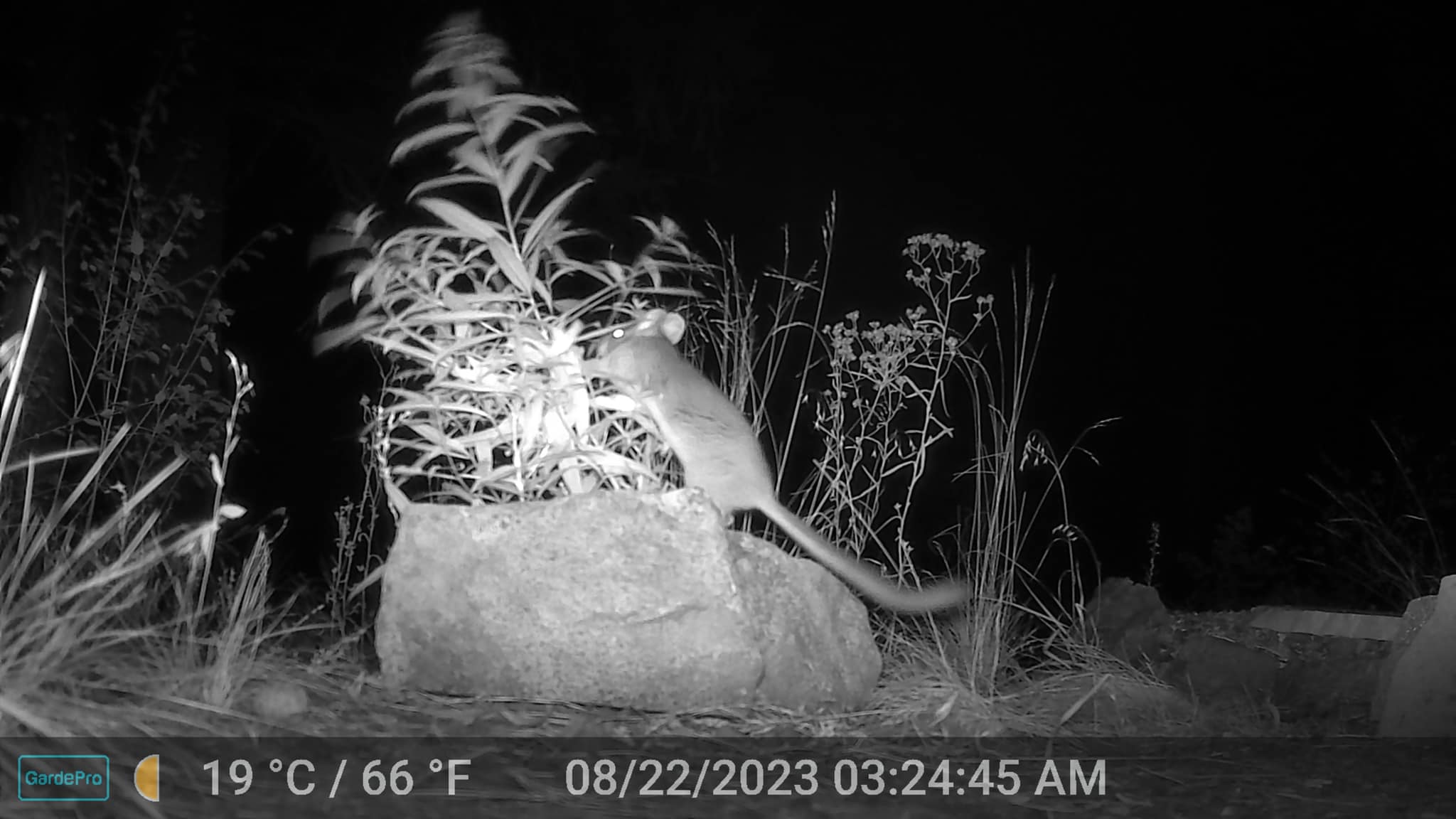
This is also a great time to check out our local lakes because water attracts a lot of wildlife when it's dry and hot, so you never know what you're going to find around the water.
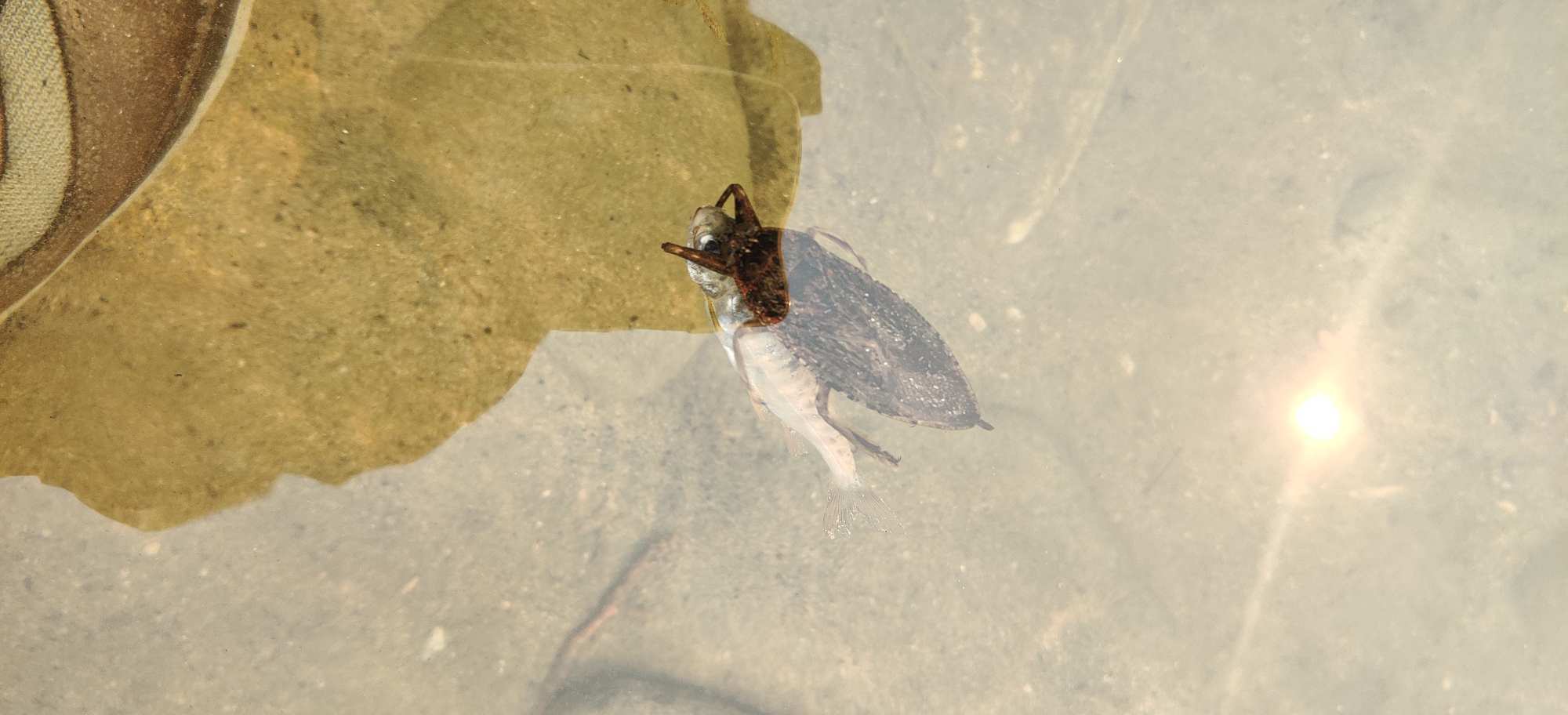
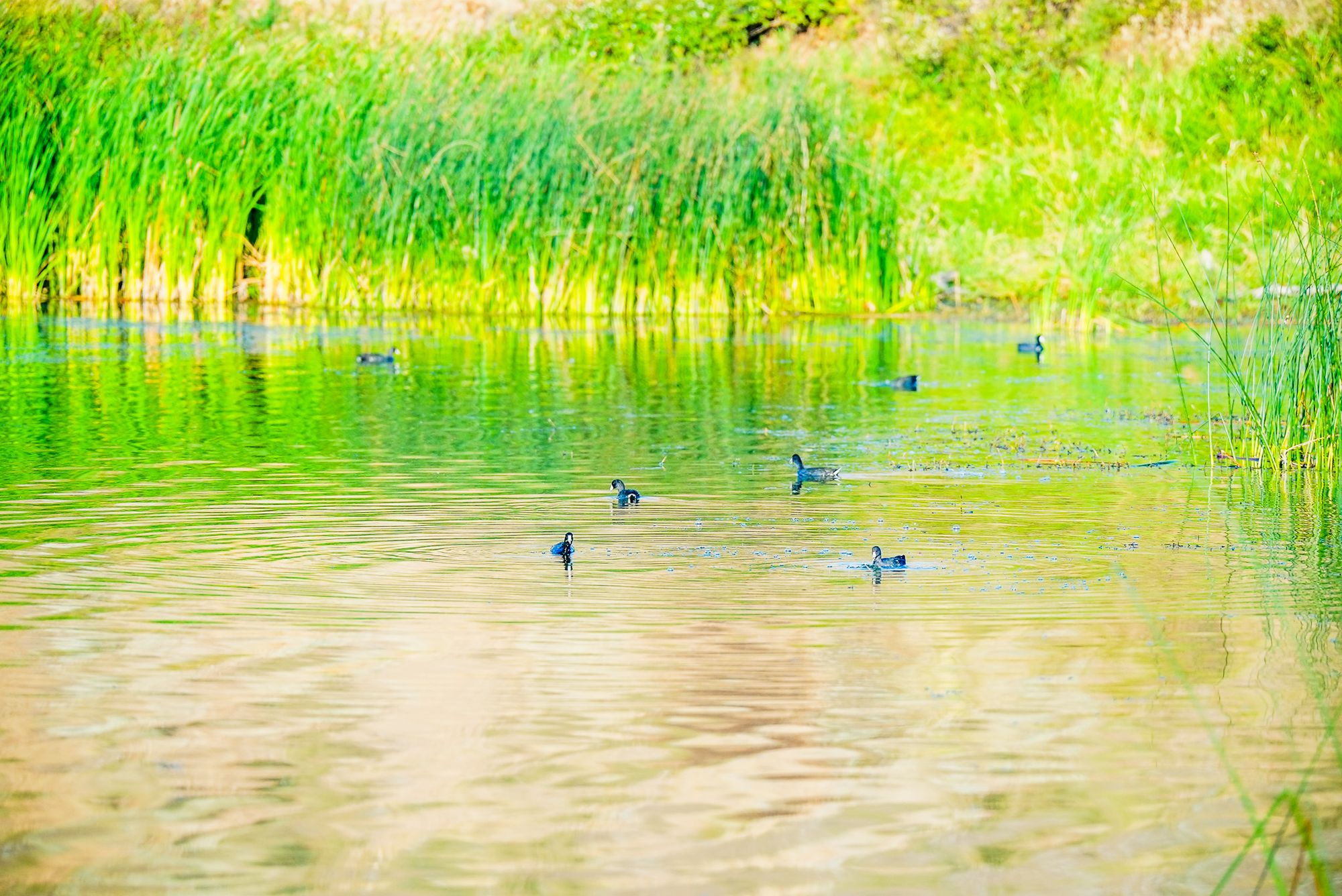
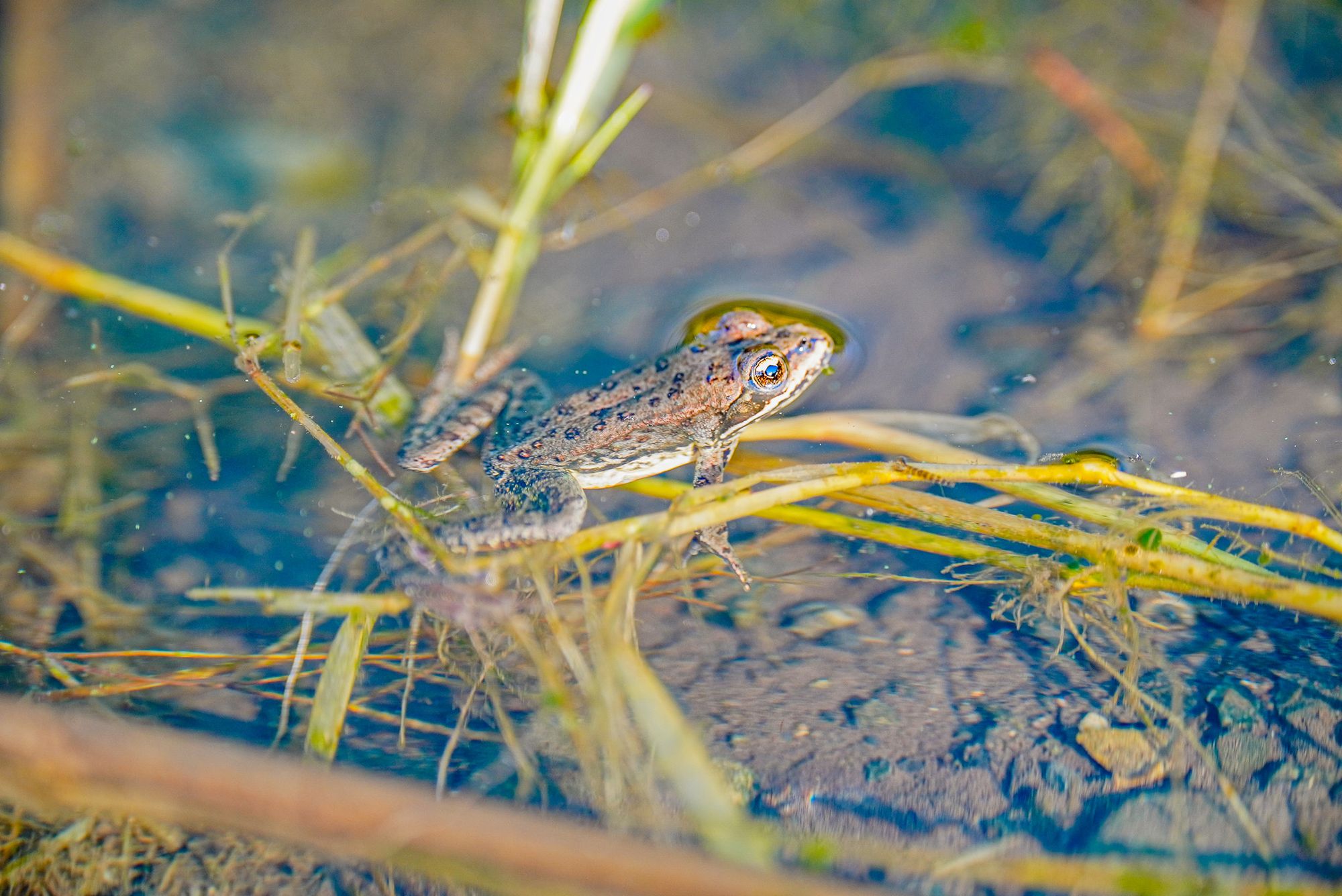
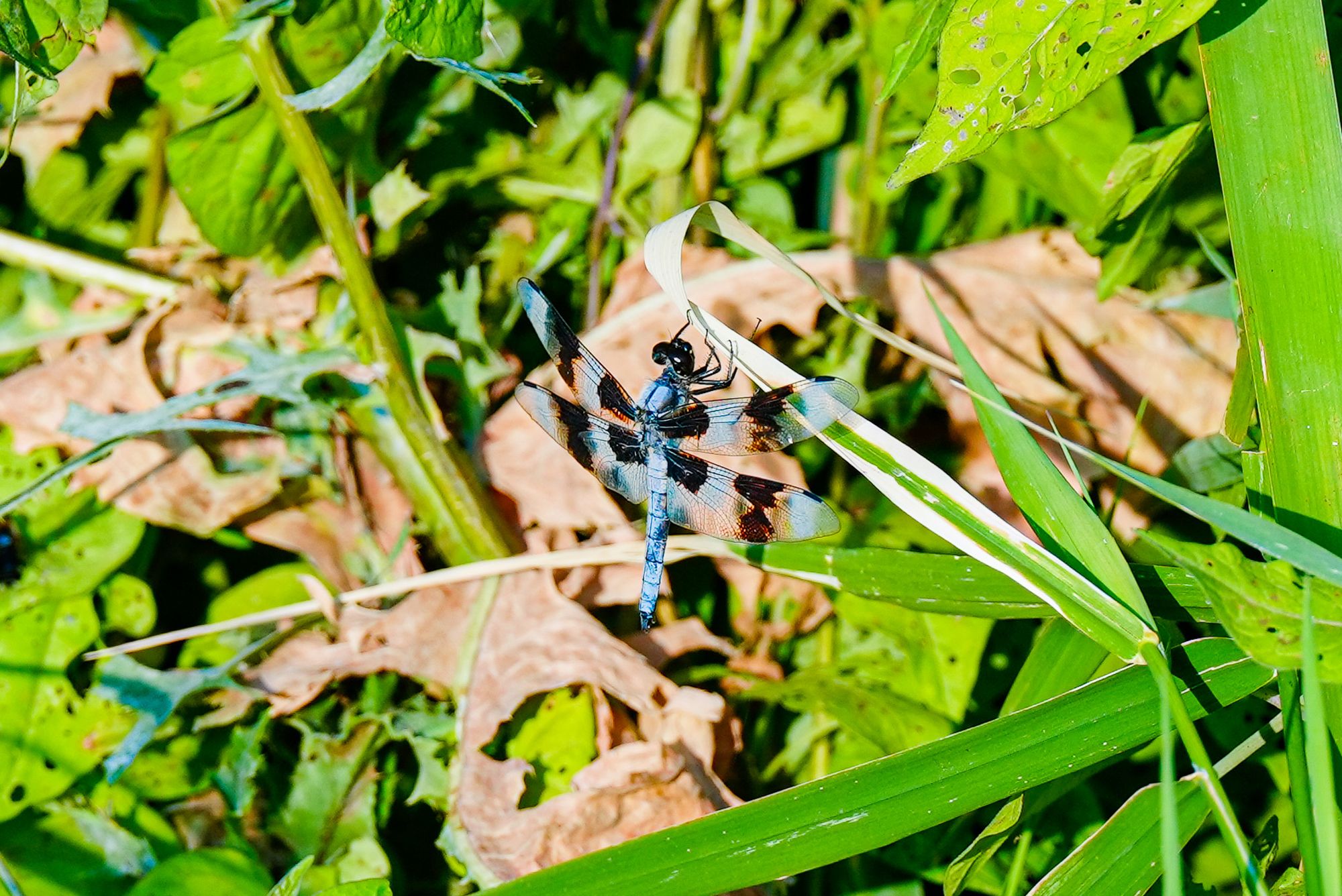
Observation of the Week: Snow Buckwheat
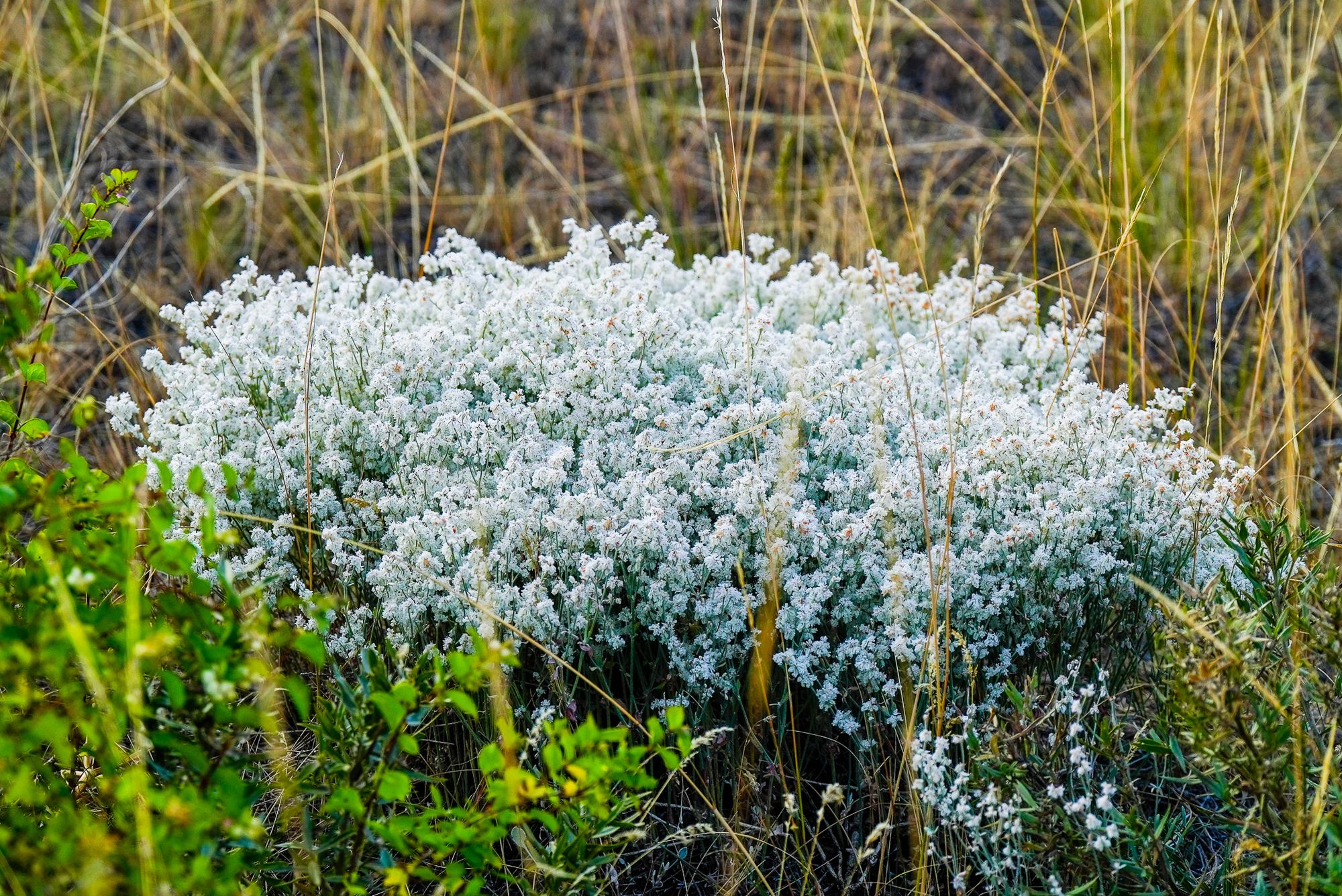
Several times this summer I've posted about snow buckwheat, noticing how few were flowering and wondering what was going on with them. Well, I finally have my answer, they reach their peak flowering in mid- to late August and they are in their full glory right now!
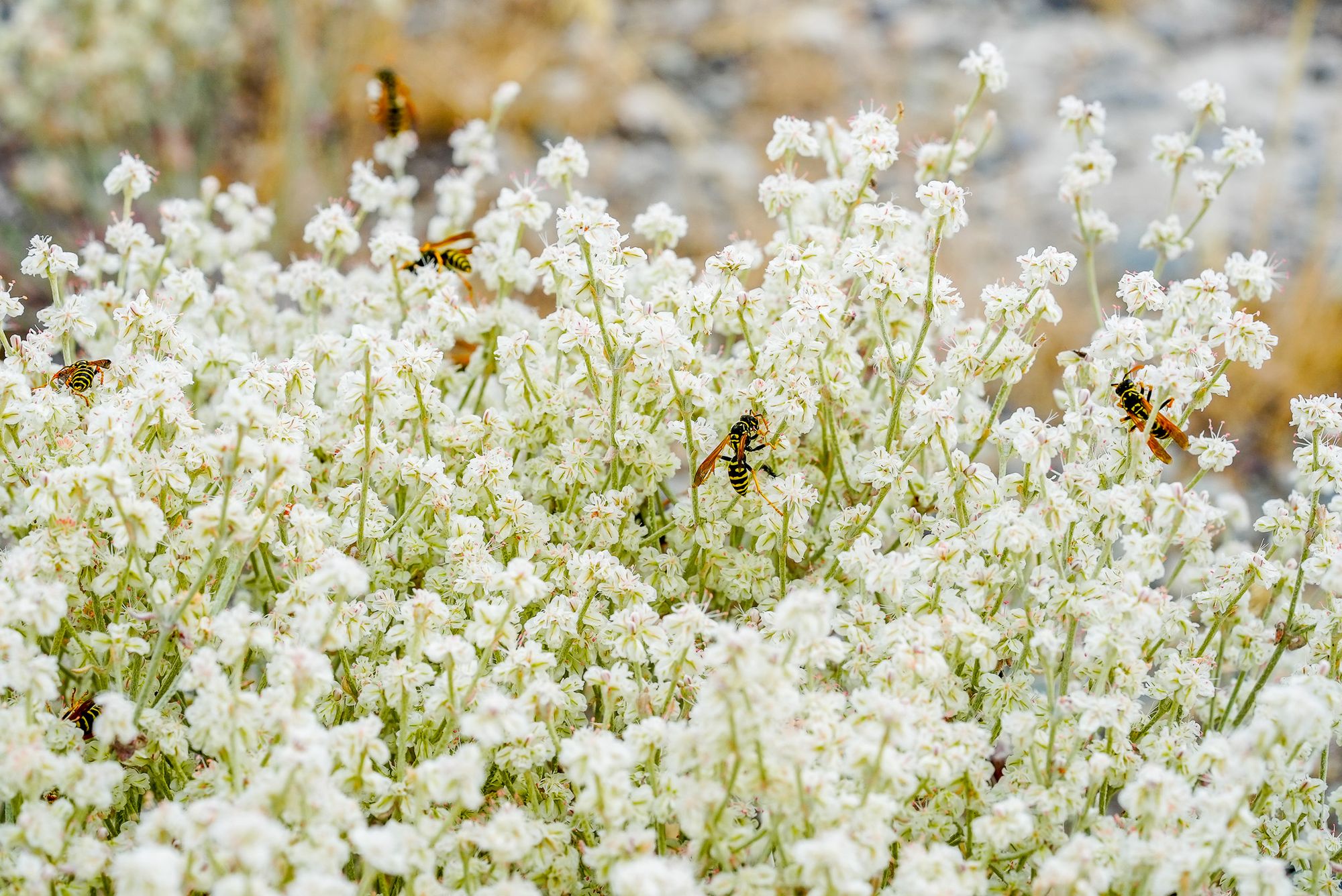
Snow buckwheats are so abundant in the Methow Valley that from a distance they often color entire hillsides.
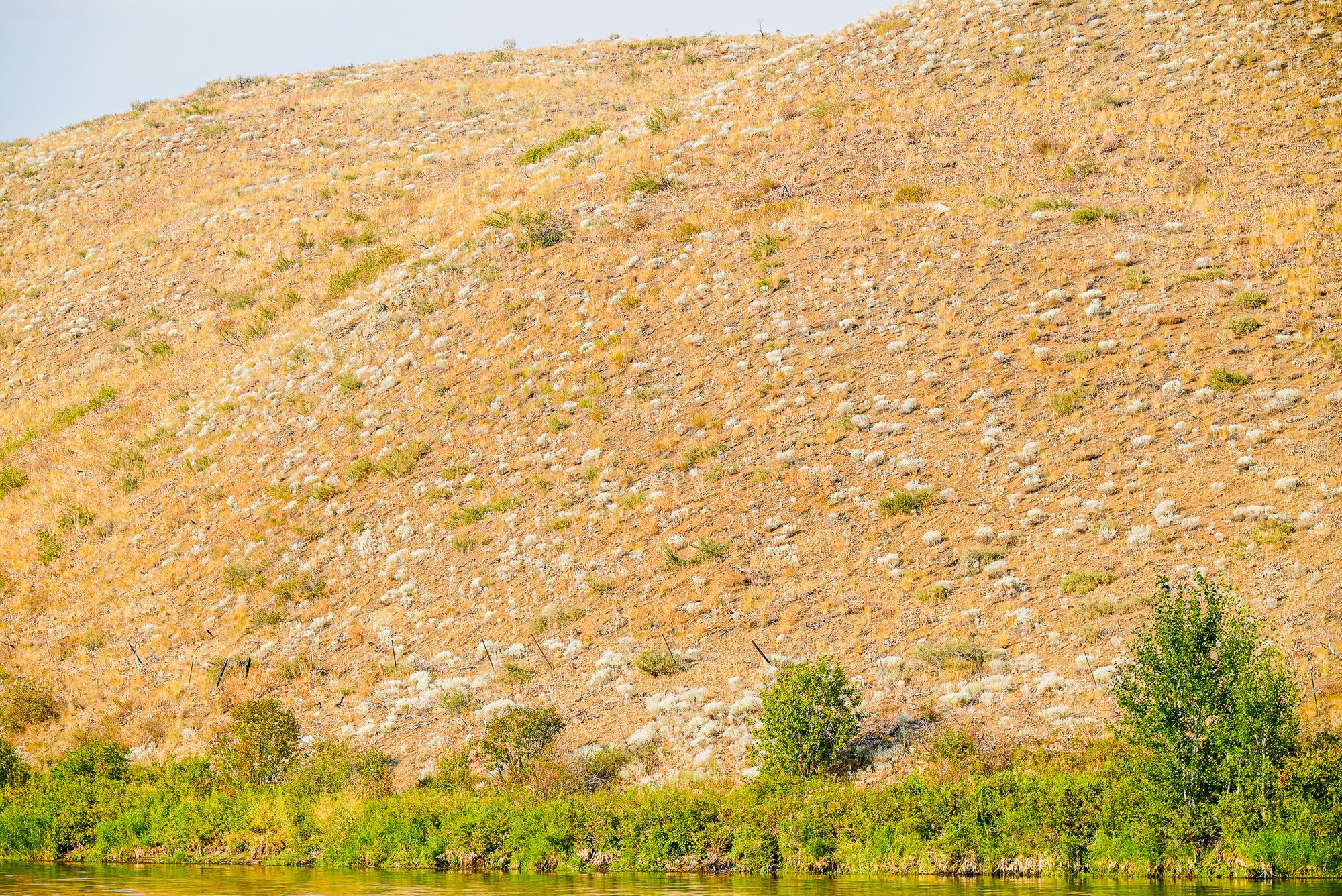
However, what look like dry dusty hillsides from a distance reveal a world of life at close range. I spent several hours photographing snow buckwheat this week and was astonished at how many pollinators I discovered in a single patch of flowers!
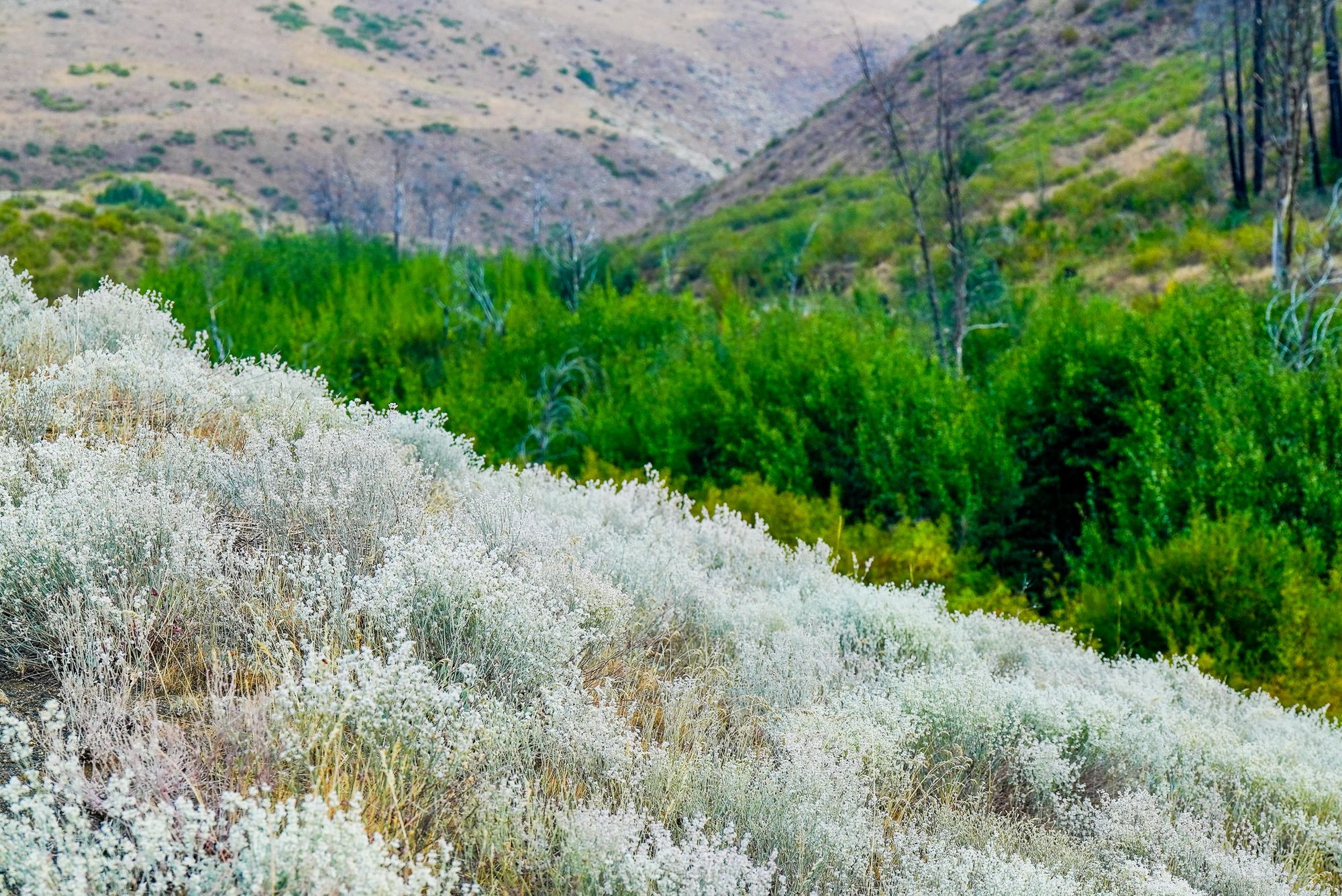
These deep-rooted perennials are a valuable part of our local ecology. They grow readily on dry, or damaged sites, and help prevent erosion, while also being an incredibly important plant for pollinators and a vital source of food for mule deer in the winter.
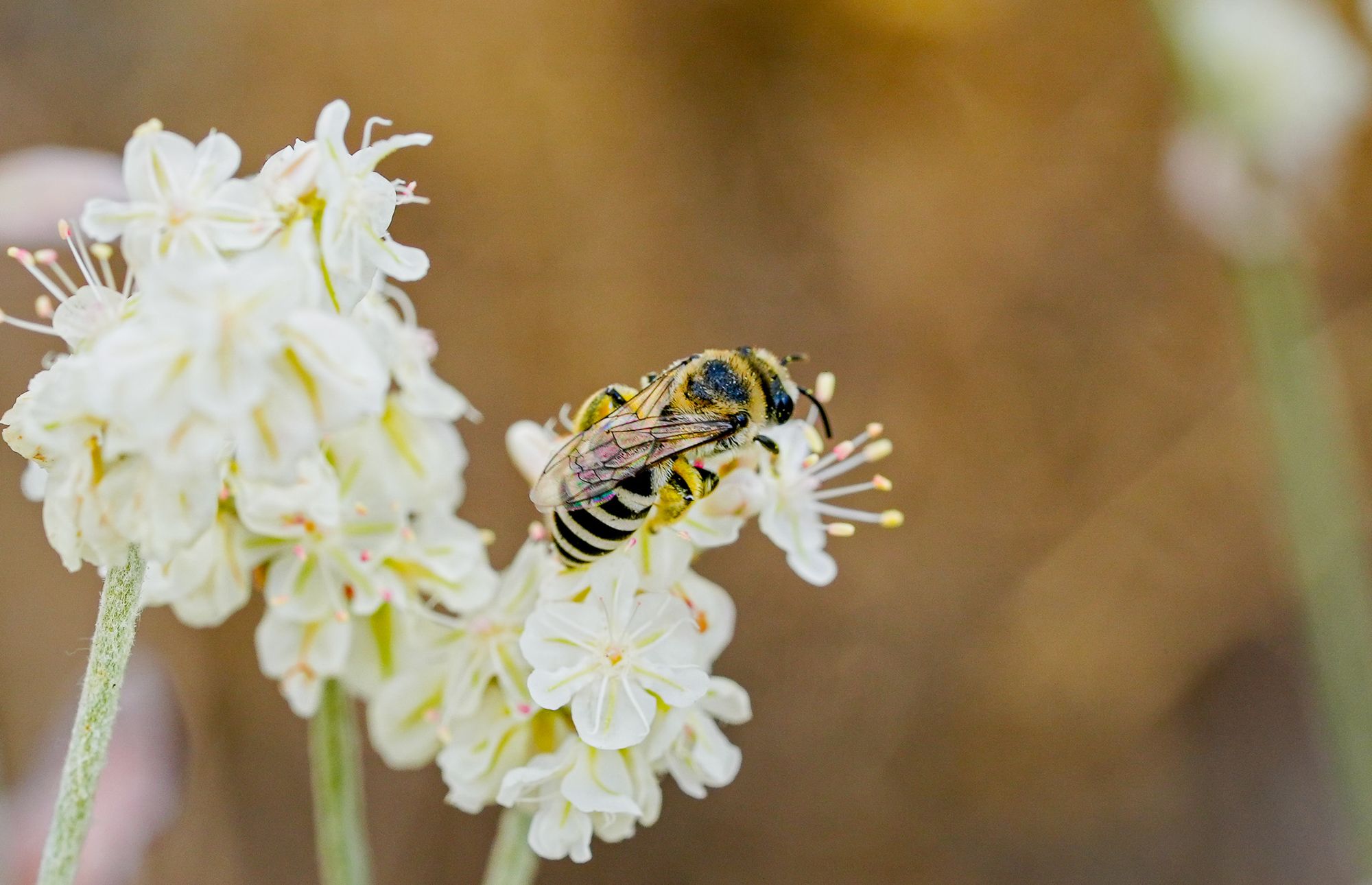
Surprisingly, these delightful flowers have no petals. What look like petals to us are actually two whorls of white sepals, with three sepals in each ring. They also have nine yellow-tipped stamens, and a single pistil that later matures into a tiny triangular fruit (an achene) that closely resembles the cultivated buckwheat you can buy in the store.

Here is a gallery of some insects I discovered in one small patch of snow buckwheat this week. You can see how important these flowers are for insects!
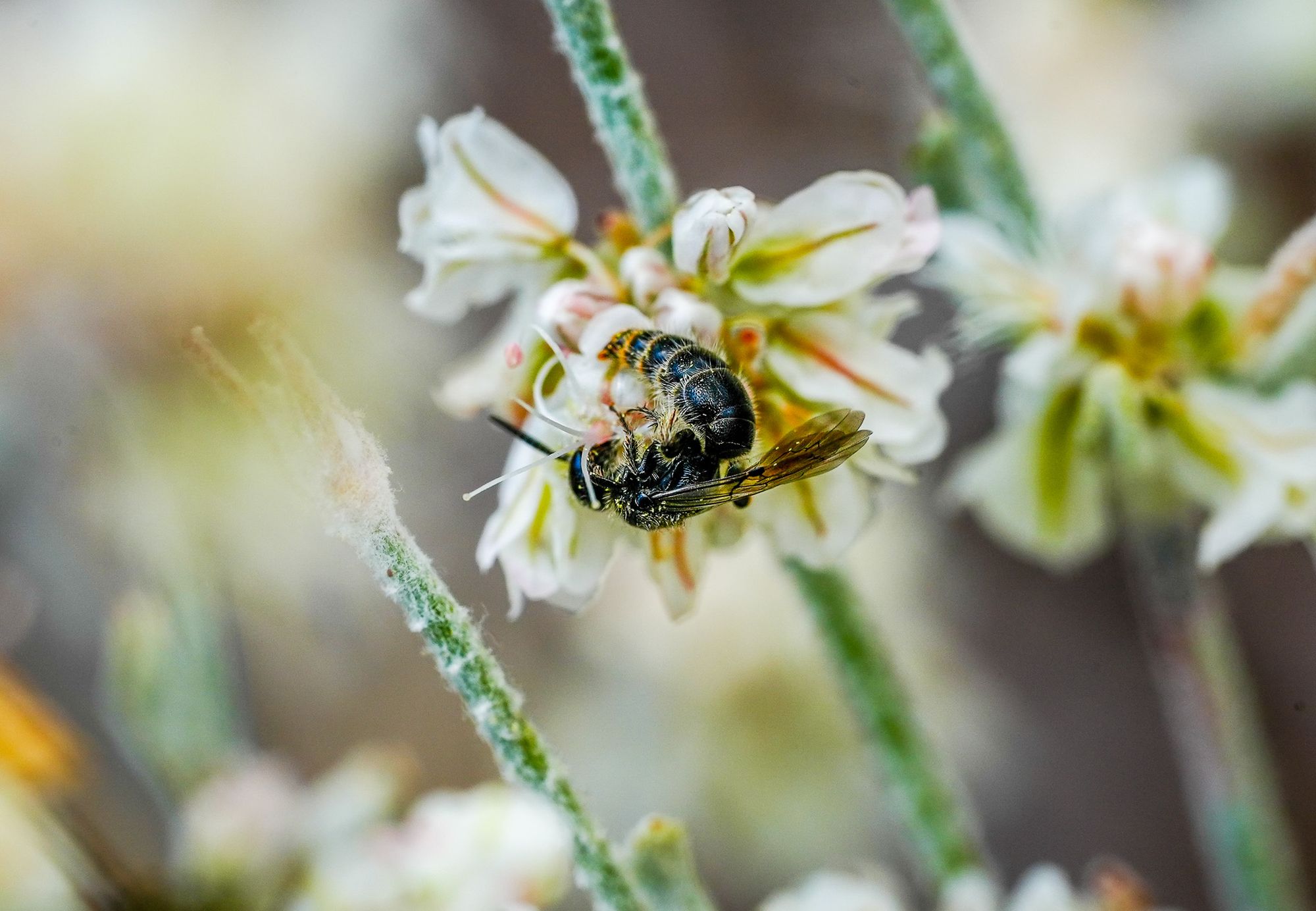
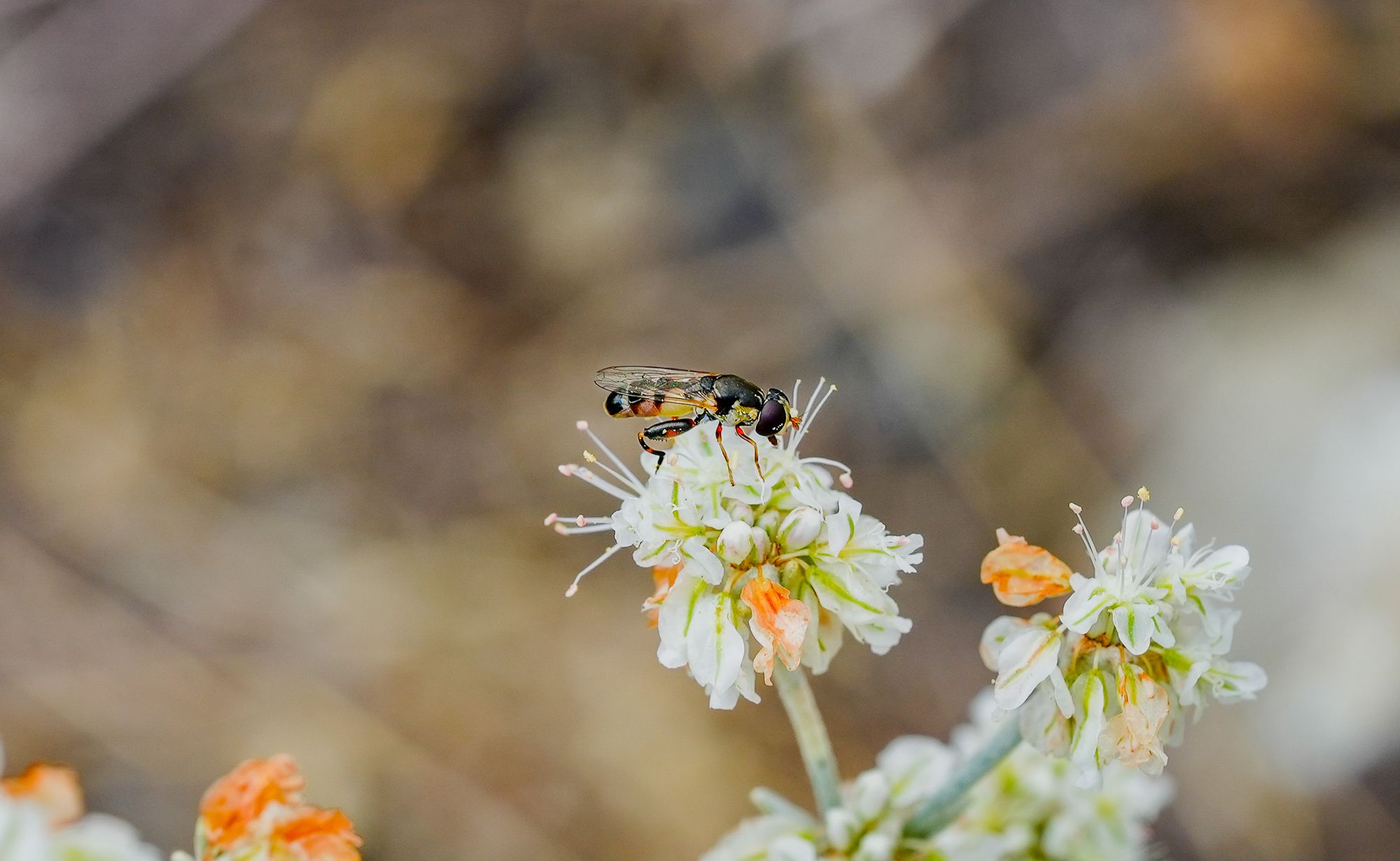
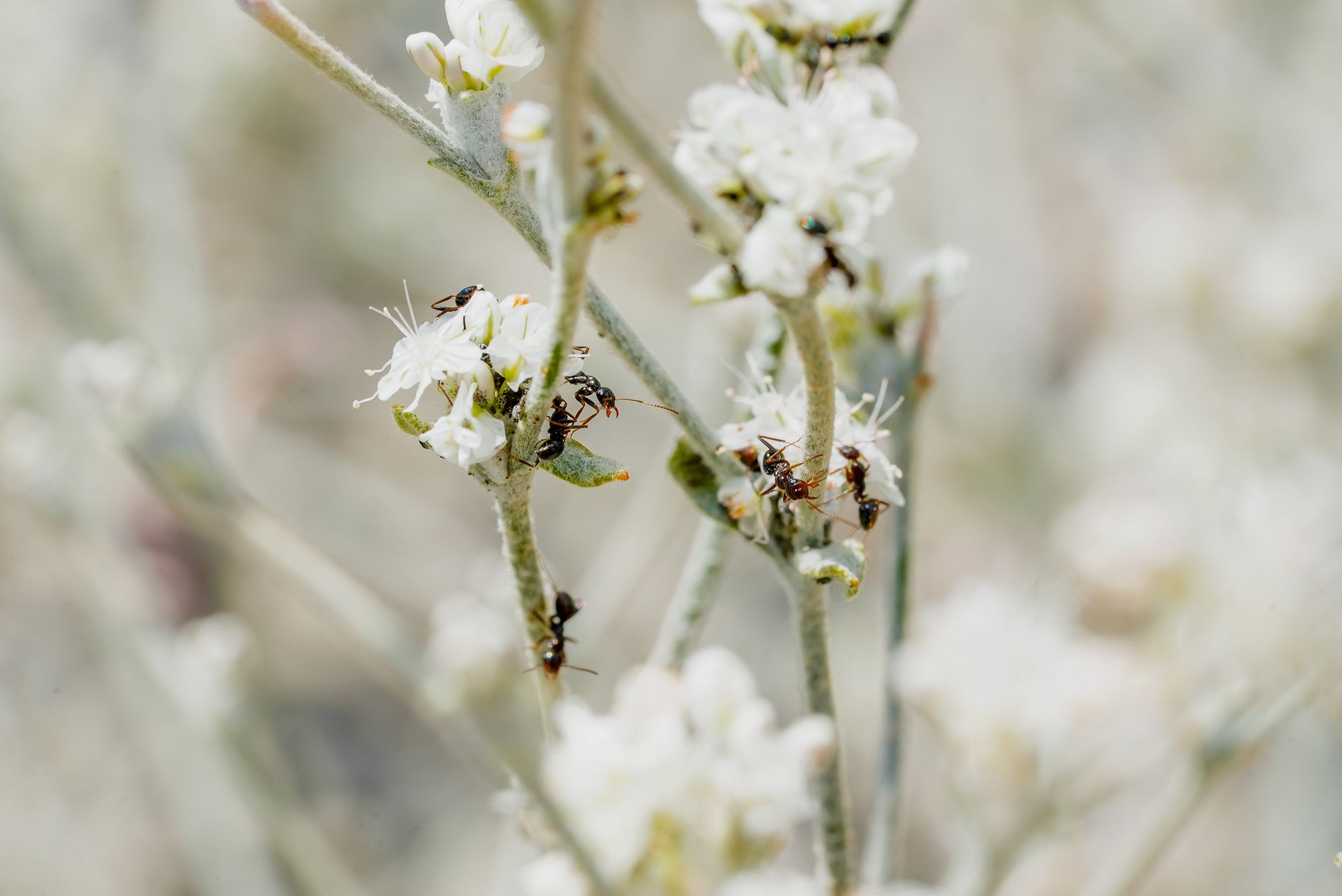
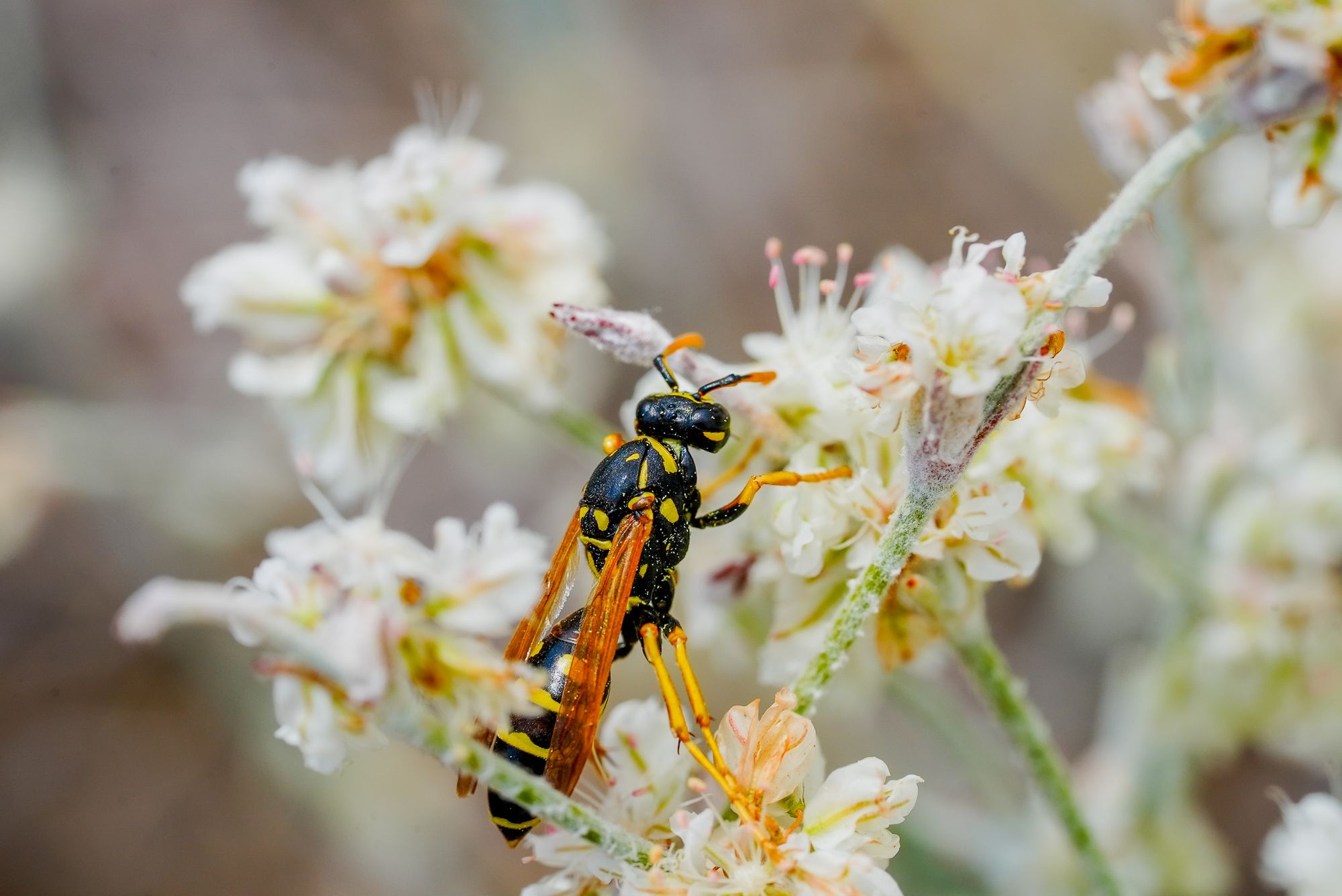
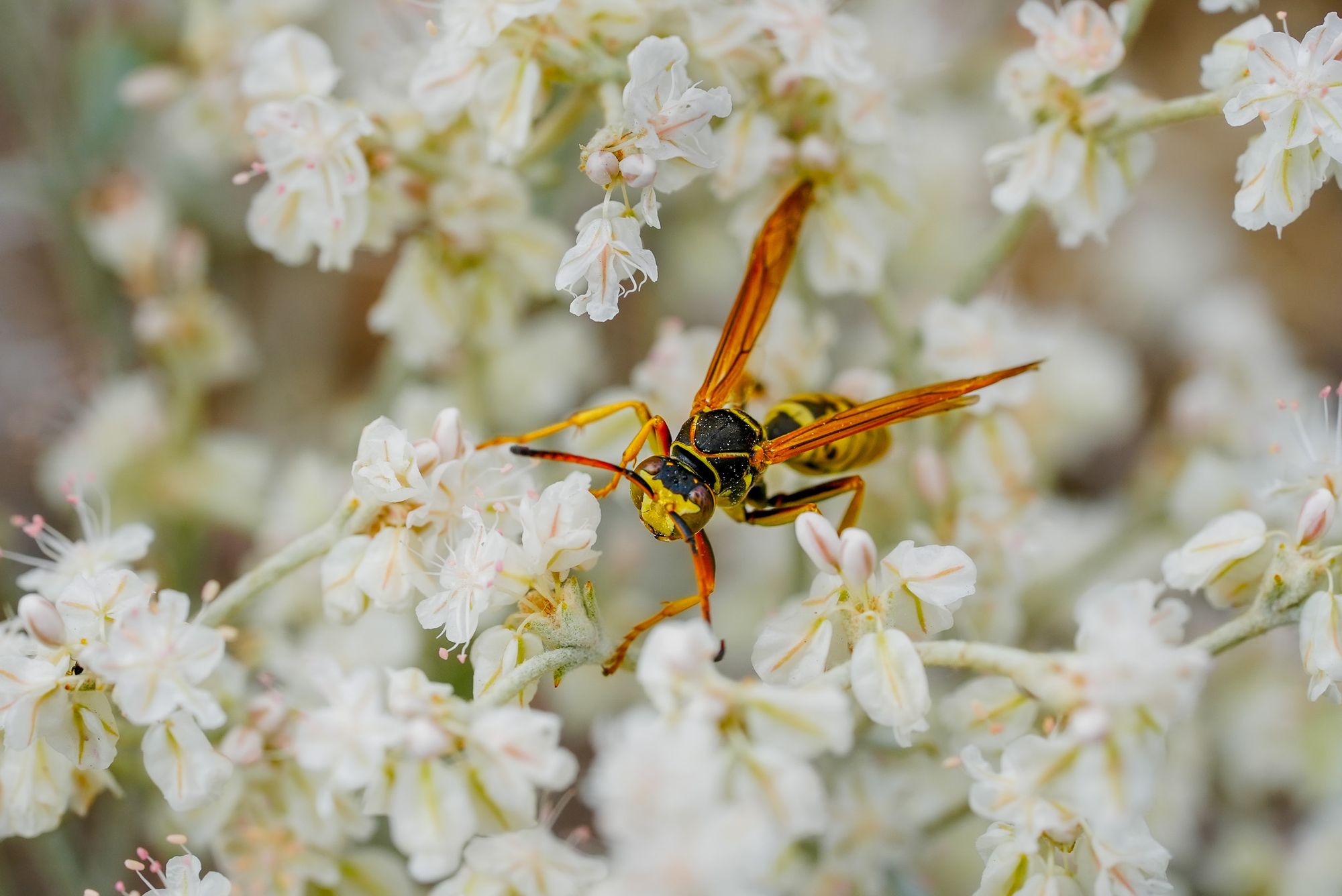
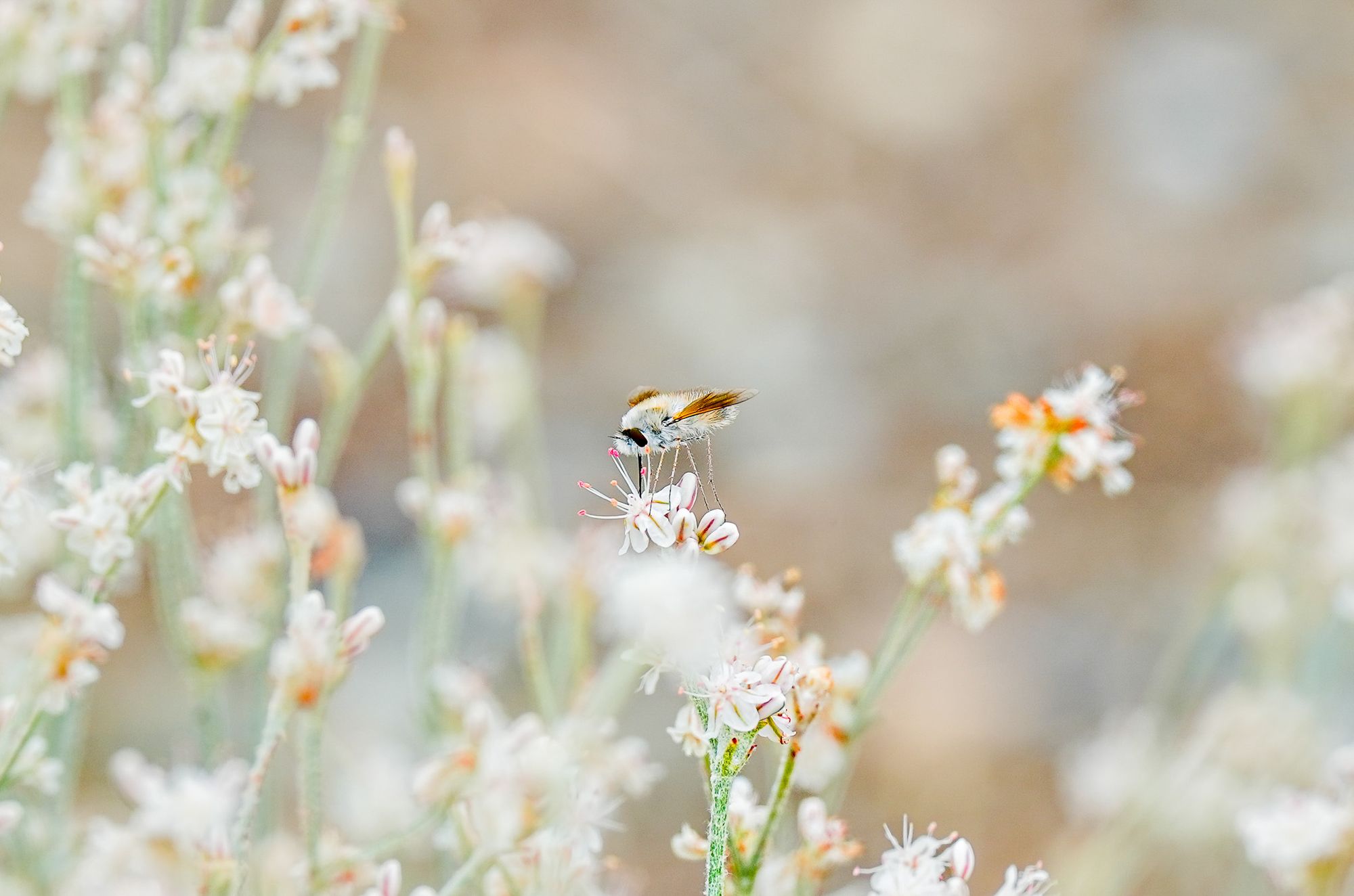
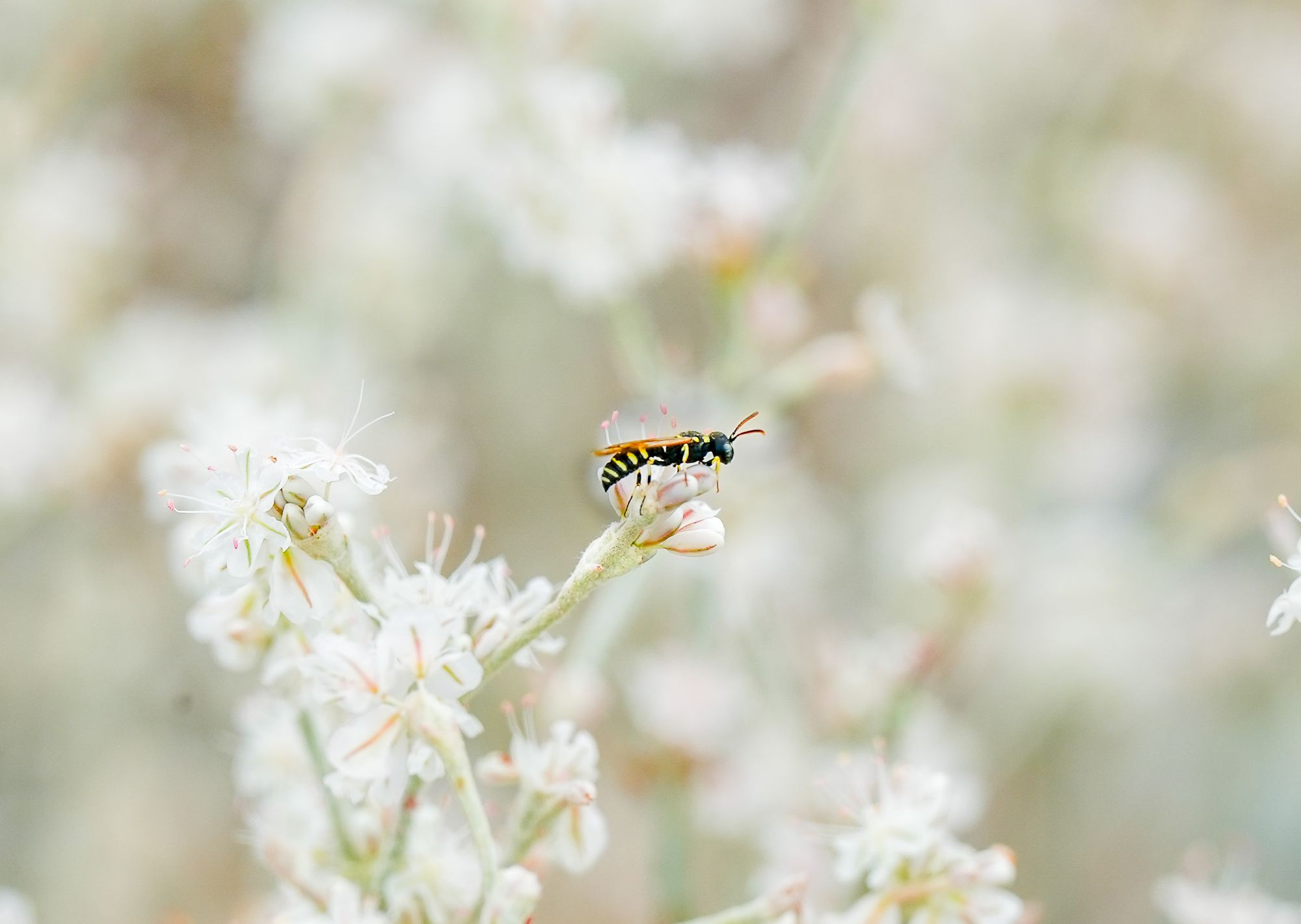
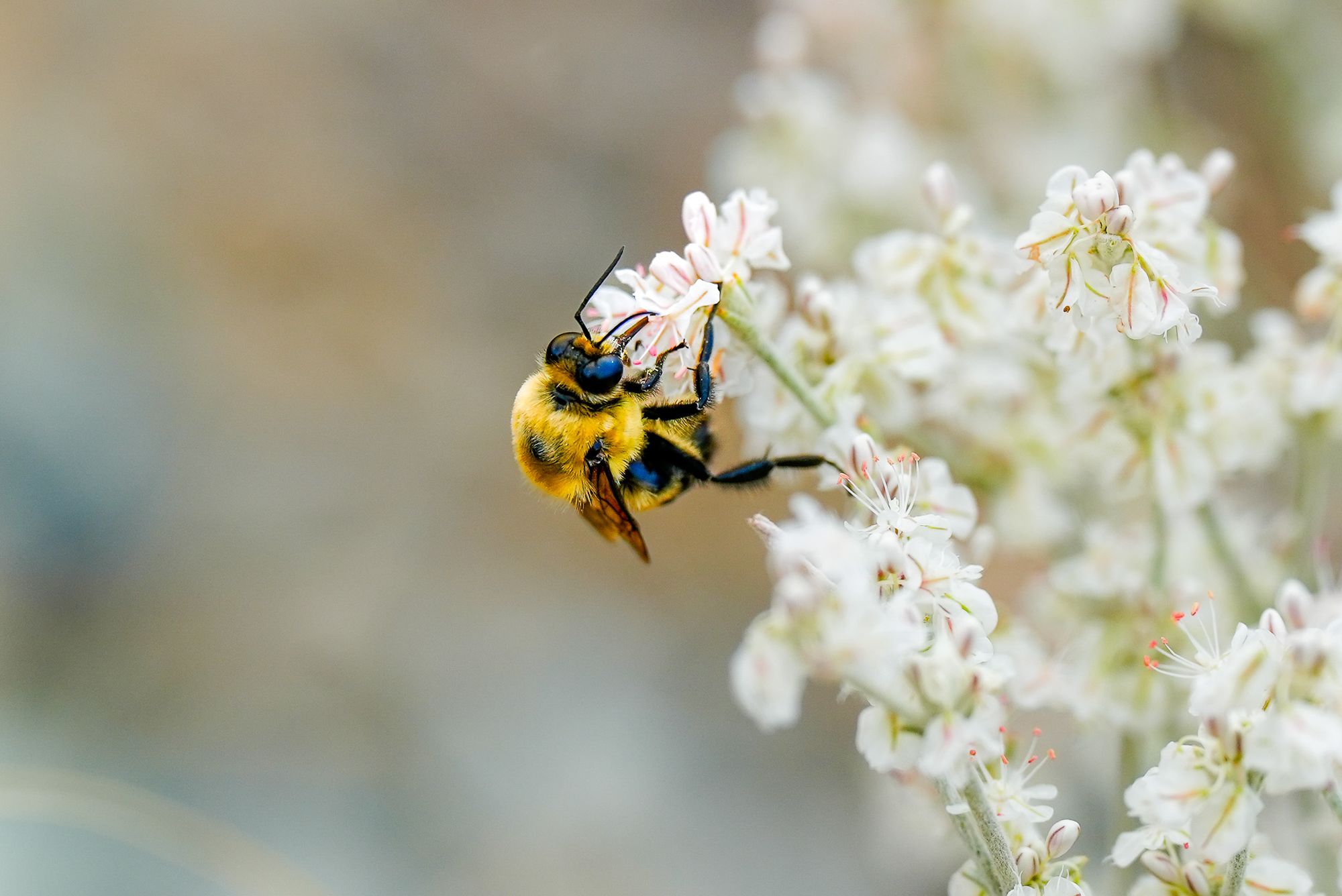
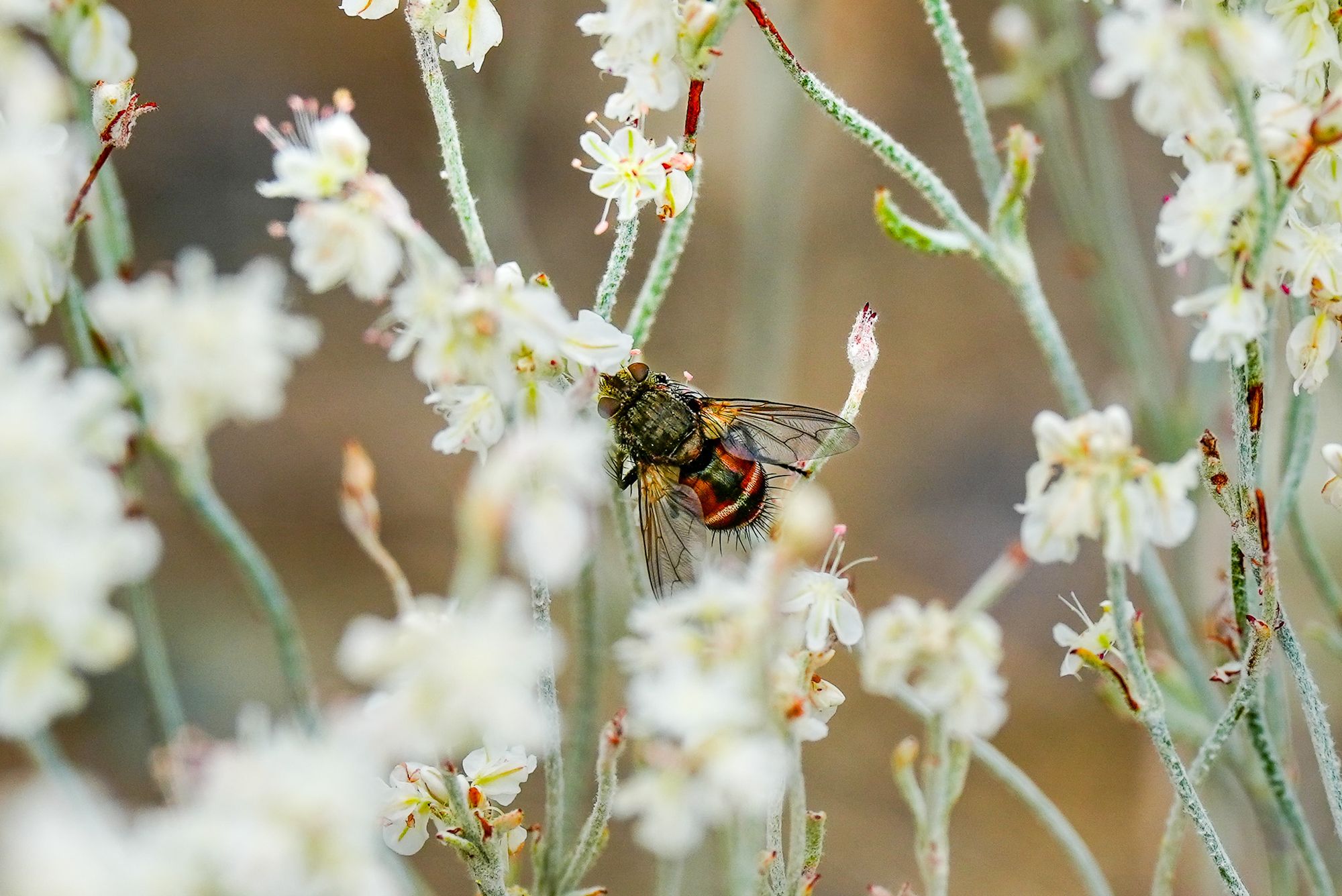
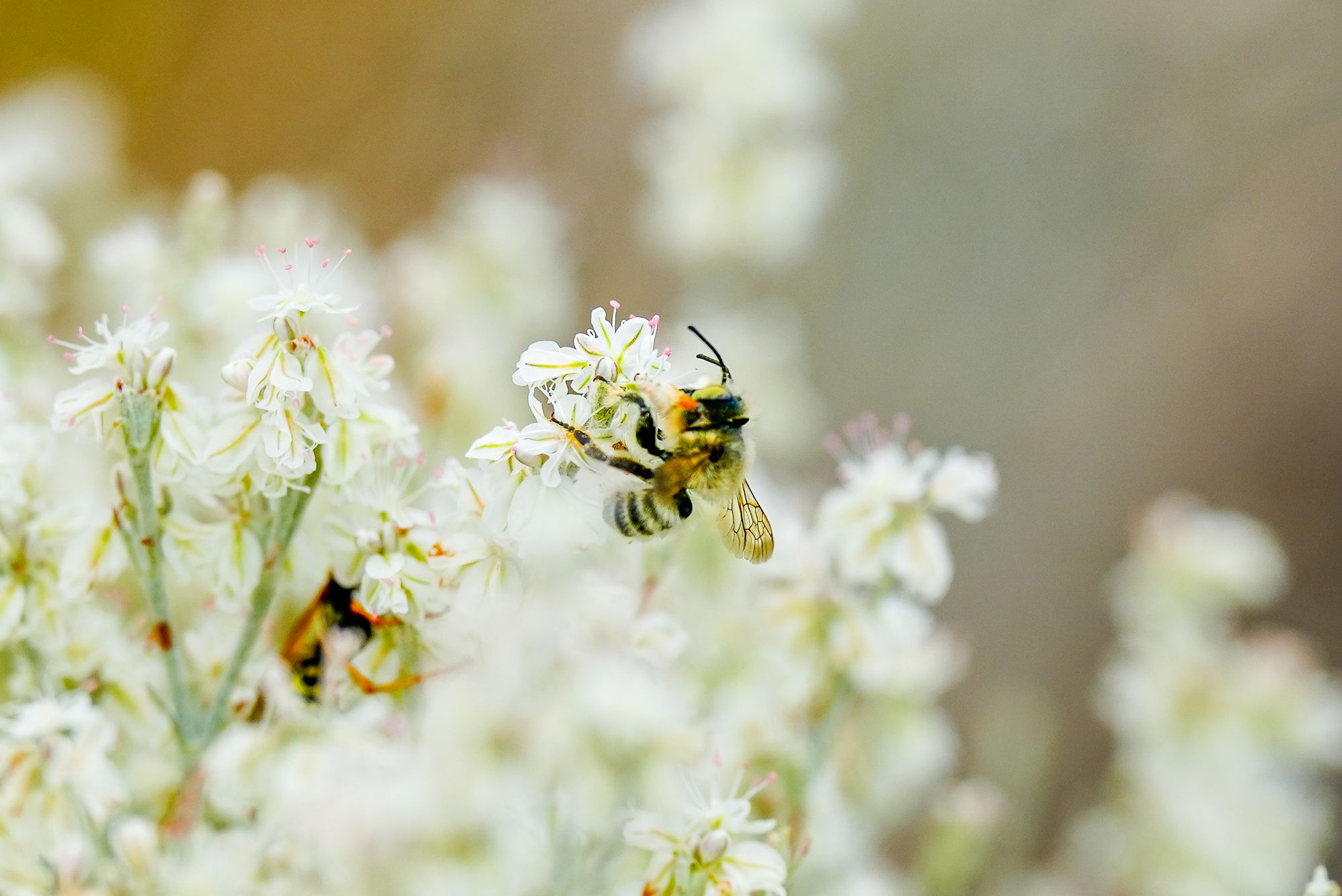
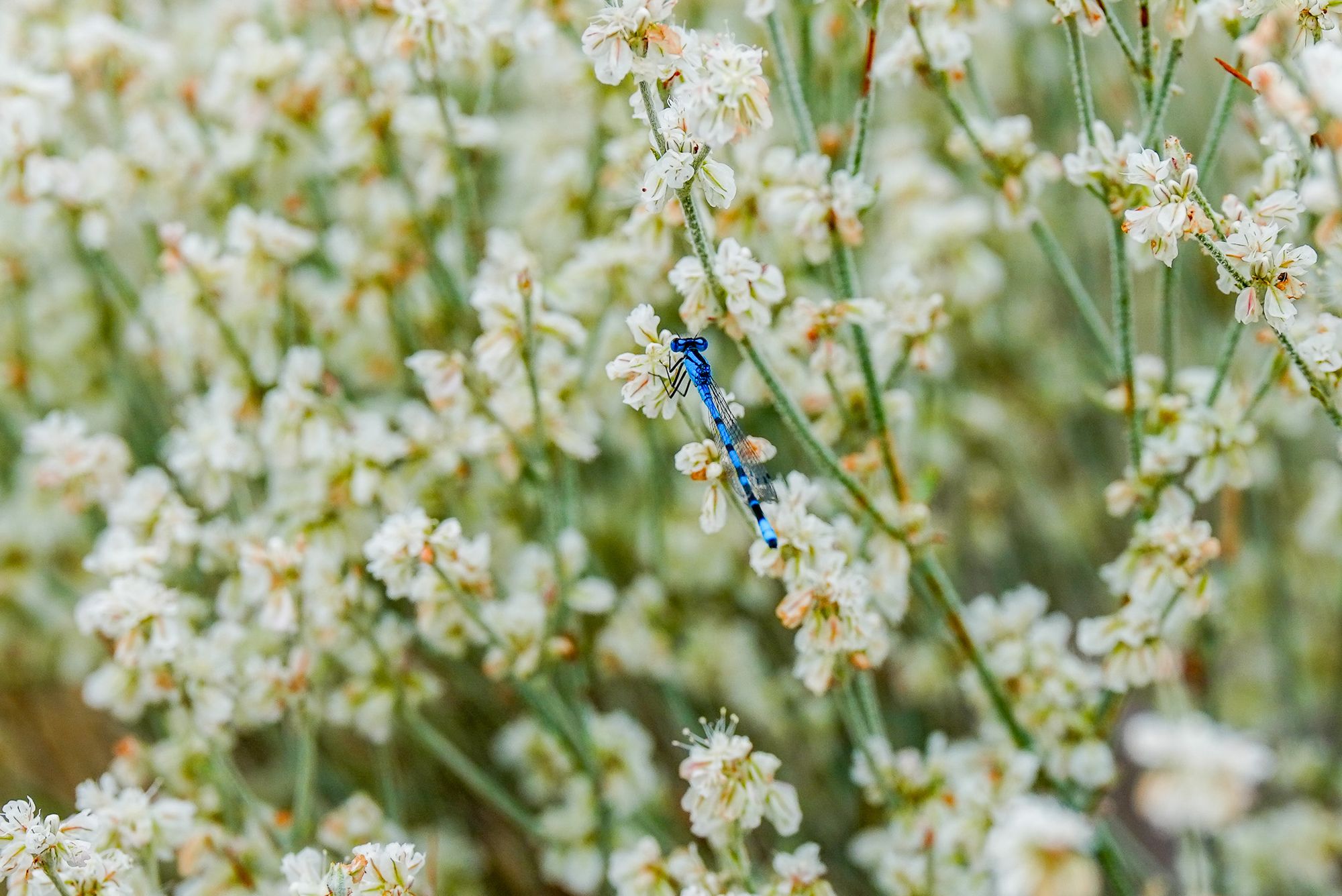
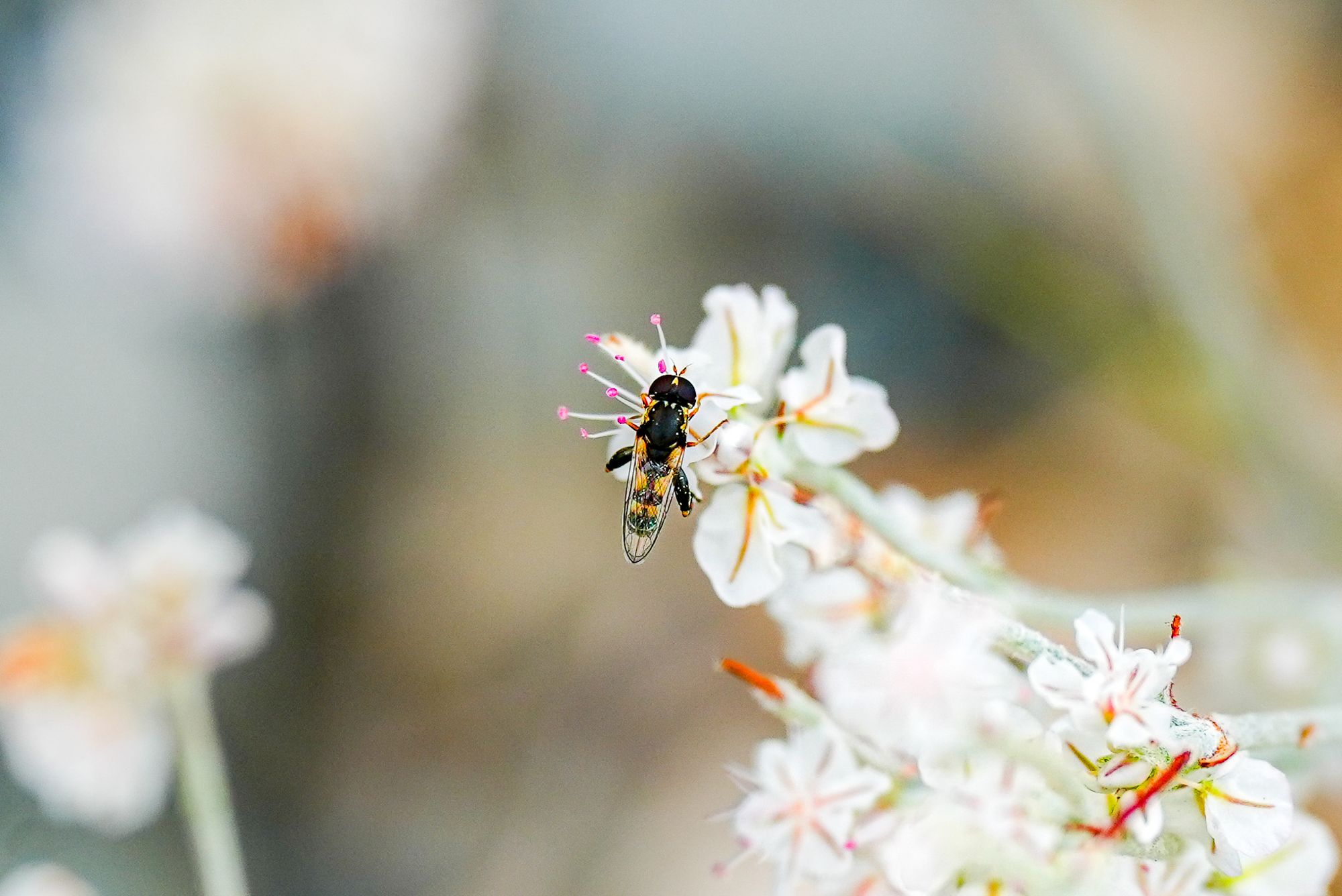
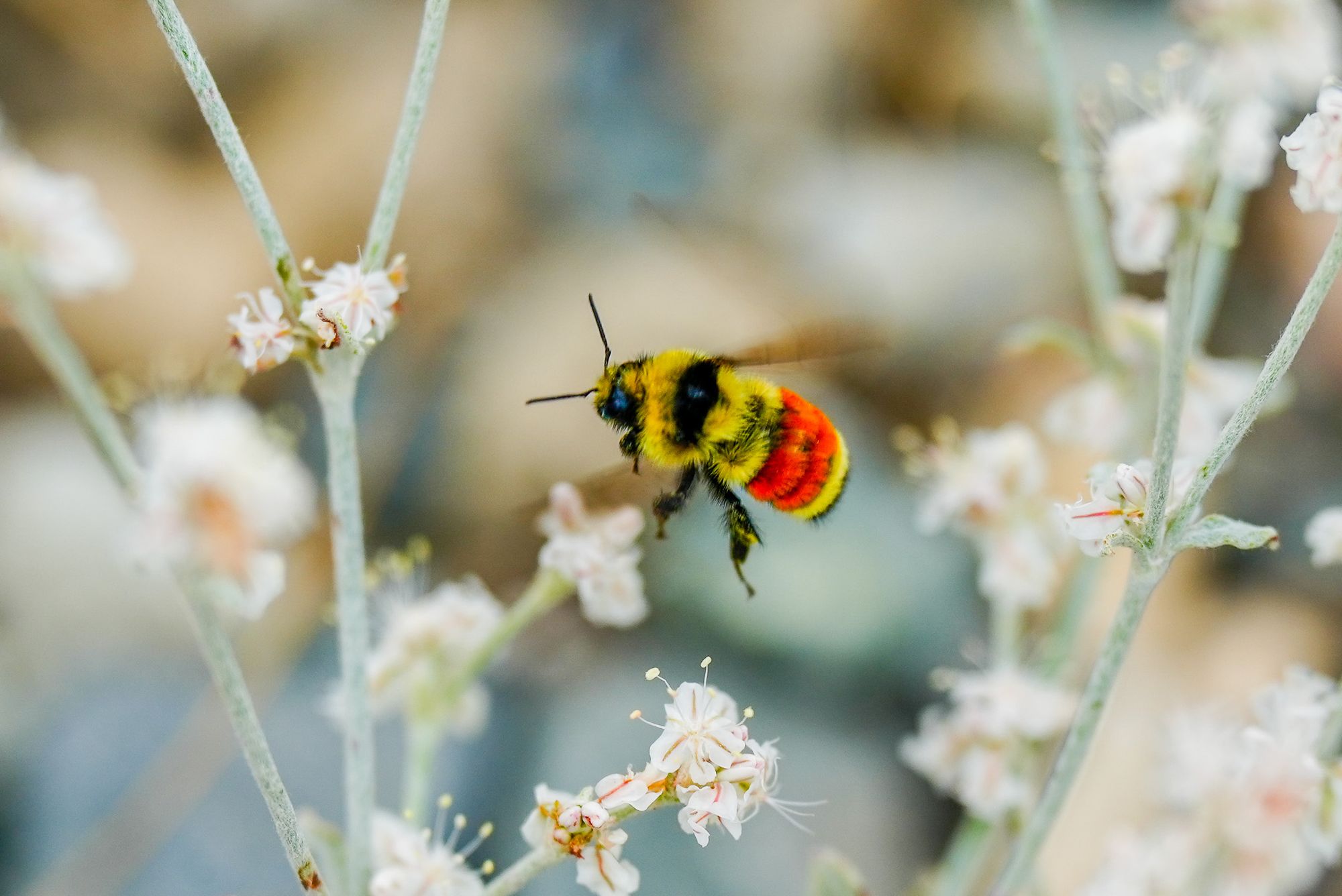
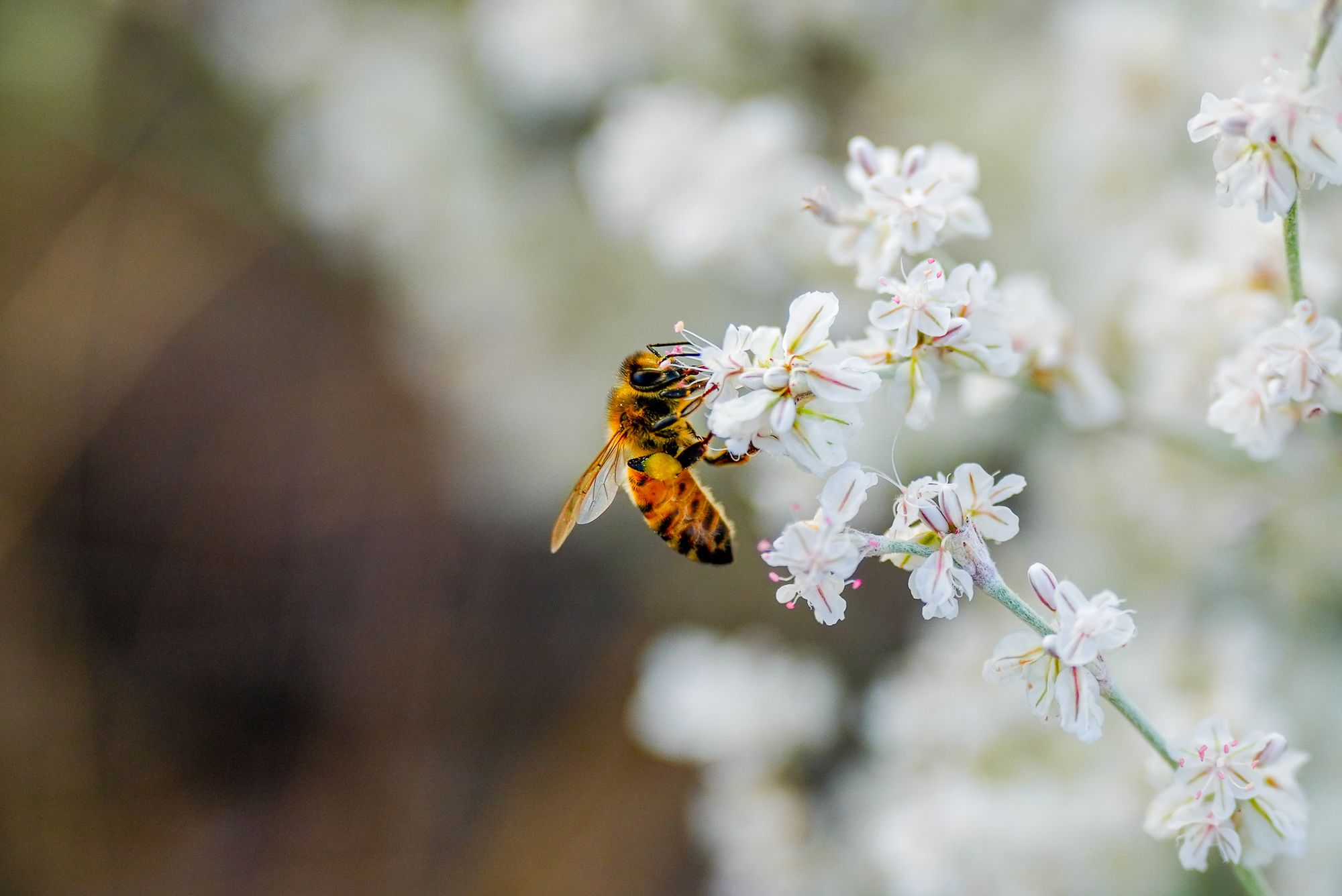
It's fun to find so much beauty in such an unexpected place.
Thank you for enjoying and sharing the Nature Notes newsletter!
